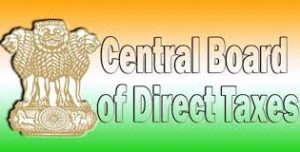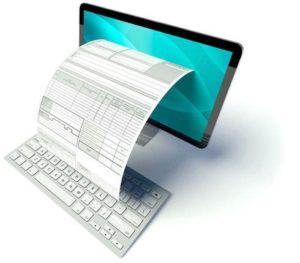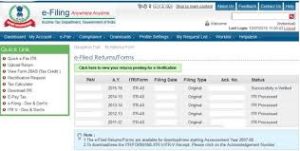The last date for filing income-tax returns was extended to August 5, and it ends today. Tax returns for 2015-16 (assessment year 2016-17) were originally to be filed by July 31. But in view of the day-long strike at public sector banks, the deadline was extended to August 5. However, the deadline for Jammu and Kashmir will be August 31 in view of the ongoing turmoil in the state.
The return is mandatory if your taxable income is above Rs 2,50,000.
The Revenue Authorities have introduced new reporting requirements for FY 2015-16 for Assets and Liabilities for individuals with income above Rs 50,00,000. In case of this, the individual has to disclose the cost value of all the assets above the specified amount, in the tax form, as well as disclose the debts associated with these assets- land, building, cash-in-hand, jewellery, bullion, vehicles, yachts, boats and any aircraft owned. It is advisable that you retain the purchase receipt of any of these assets.
It has almost become a ritual for people to delay filing their income tax returns till the last date and for the government to extend the same due to “popular demand”. However, the long queues that used to be another annual feature of the tax filing week has become a thing of the past due to the growing popularity of income tax e-filing.
The incometaxindiaefiling.gov.in has made it really easy for people to file their returns from the comfort of their homes.
If you have not yet filled you returns, here are some easy and essential steps to do it before the time ends.
Step 1: Select the right form: You have to select the form based on your source of incomes. So ITR-1 is for salaried individuals whose get a salary or a pension along with income from a house/property or from other sources, things like lottery. This is not for those with multiple houses/properties, income from winning a lottery, agricultural income of above Rs 5000, income from business. Tax payers filing for double tax relief should also not use this.
ITR-2A, introduced this year, is for those individuals who have income from more than one house property. ITR-2 can be used by individuals with no income from business / profession. ITR-3 is for individuals partnering in a firm, but not for those earning income from a proprietorship form. ITR-4 is for those individual earning income from a proprietorship firm. ITR-5 and 6 are for use by companies alone.
Step 2: Get your Form 16 ready: This form given by your employer shows your saving as well as the tax deducted. There will be multiple forms if you have changed jobs over the assessment year.
Step 3: Additional documents: You might need your bank statements, interest certificates, and your housing loan certificate (in case of housing loan).
Step 4: Download Form 26AS from the e-filing website to see which taxes are deducted at source
Step 5: Filing/uploading: Individuals with over Rs 5,00,000 income have to e-file their tax returns. You will get an automatic acknowledgement once the return is successfully uploaded. Verify this and submit the acknowledgement online, ideally with e-verification. This completes the process of filing your income-tax return.







